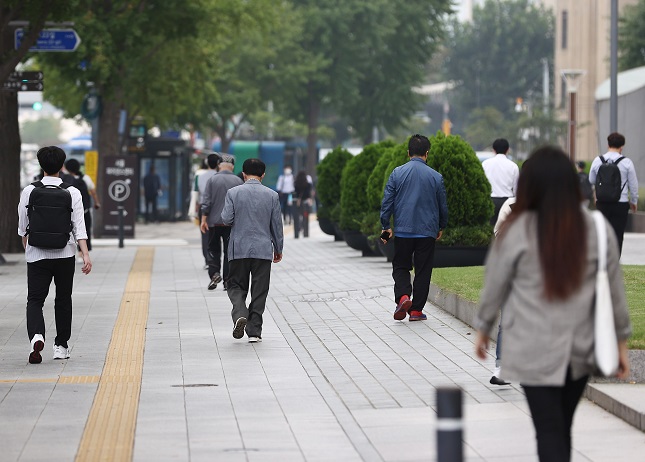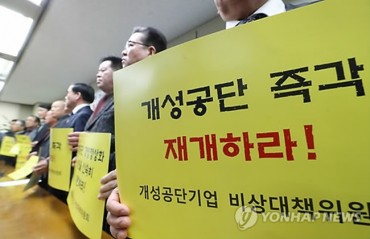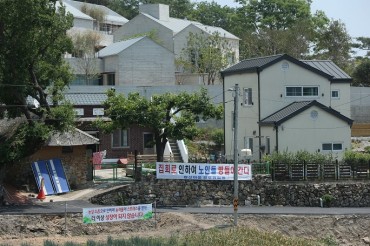SEOUL, Aug. 2 (Korea Bizwire) — Politicians are coming up with various welfare promises as they prepare for next year’s presidential election, but the working-age population or the number of future taxpayers, whose taxes are vital in supporting these welfare policies, is plunging.
Statistics Korea’s 2020 Population and Housing Census showed that the working-age population between 15 and 64 years of age last year was 35.8 million people.
This was a drop of 560,000 compared to 2016, when the working-age population reached its peak at 36.3 million people.
Ten years from now, the 4.5 million children and adolescents between the ages of 5 and 14 will join the workforce, while 7.9 million people between the ages of 55 and 64 will be categorized as seniors.
This indicates that the working-age population will drop by 3.4 million people, which is expected to take a severe toll on the national economy as well as the foundations of South Korean society.
The plunging child population between the ages of 0 and 14, who will have to sustain government coffers and welfare in 30 years, is foreboding.
The child population stood at 6.2 million people last year, a decrease of 740,000 people since 2015 (6.9 million), and down a staggering 1.6 million people since 2010 (7.8 million).
In contrast, the senior population over 65 years of age is seeing exponential growth. Last year, the senior population reached 8.2 million people, growing by a whopping 2.8 million people since 2010 (5.4 million).
This has raised the old-age dependency ratio or the ratio of senior age population to 100 people from the working-age population from 10.2 in 2000 to 23 last year.
“South Koreans should be paying an average of 20 percent of their incomes to sustain pensions, but South Korea is currently collecting a mere 9 percent, resulting in higher pension liabilities,” said Yoon Seok-myeong, head of the Korean Pension Association.
“We might not feel it now since there is more than 880 trillion won (US$764 billion) in the pension fund, but by 2057, which is 36 years from now, the pension fund will be depleted.”
H. M. Kang (hmkang@koreabizwire.com







